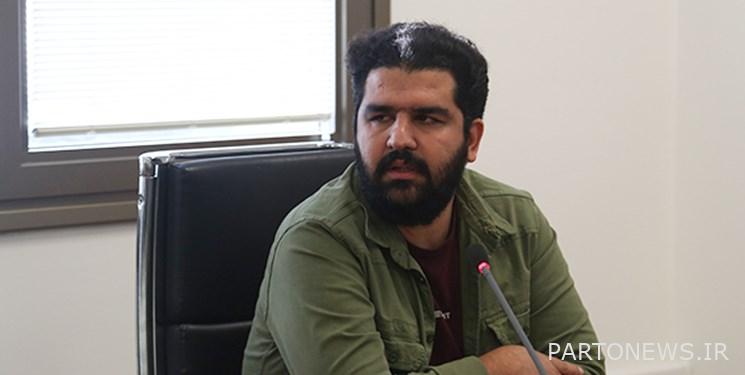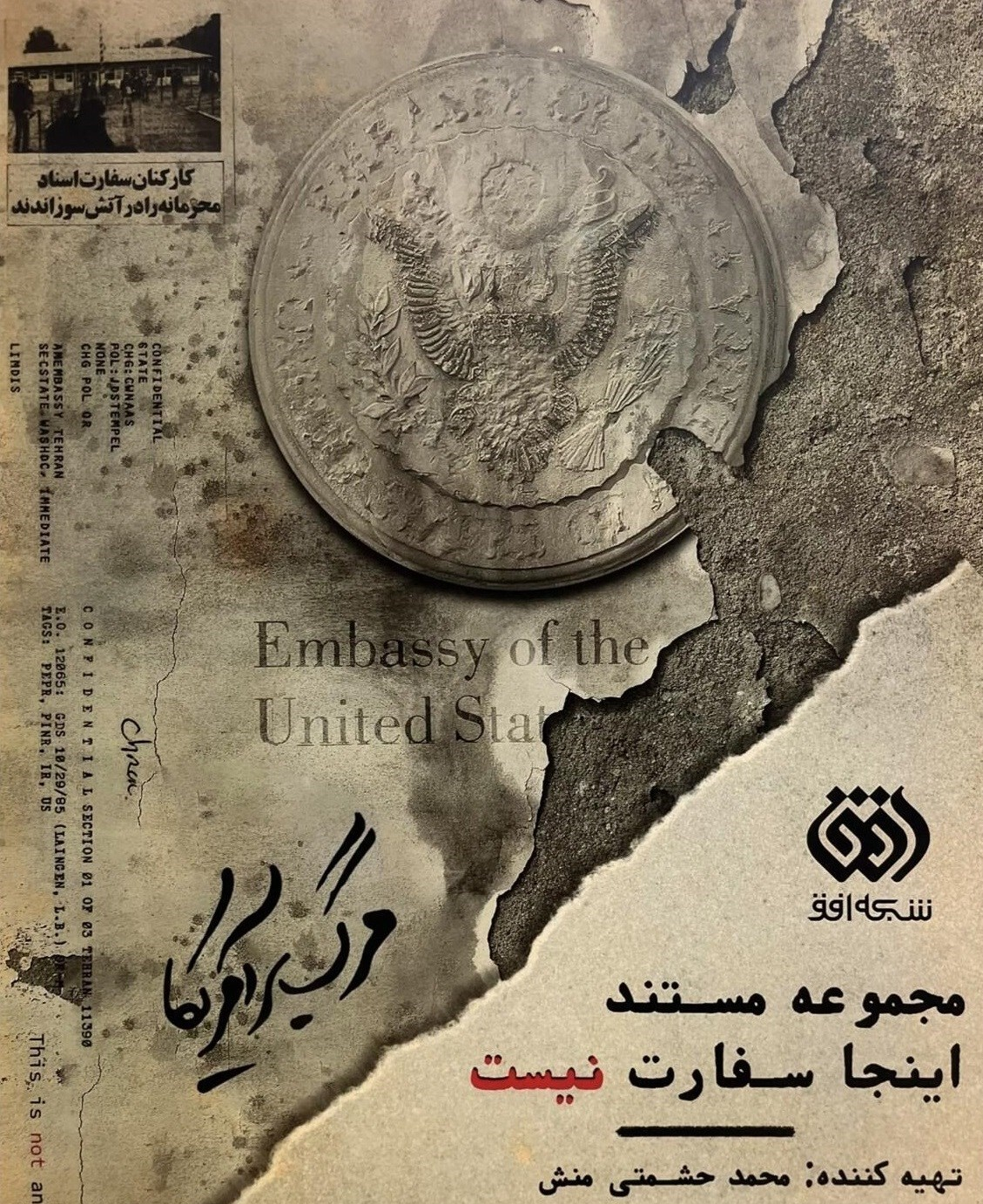“There is no embassy here” is a dramatic narrative from November 13/ We must narrate the contemporary history of the country in our own language.

Fars News Agency, Radio and Television Group: The documentary series “There is no embassy here” directed by Mehdi Naqoyan and produced by Mohammad Hashmati Manesh, with the theme of retelling the capture of the spy nest for the first time from the words of the American hostages and students who follow the line of the Imam, will be broadcast tonight at 20:00 on the frame of the Afogh Sima network. .
According to Sadegh Yazdani, the director of Efoq Network, the interview with the hostages, the broadcast of archival images that will be broadcast for the first time, and an interesting and different narrative and the expression of some hidden angles of the 13th of Aban affair are among the prominent features of this documentary.
Mohammad Hashmatimenesh, the producer of the 7-part documentary series “There is no embassy here”, in a conversation with Fars reporter, gave some points regarding the importance of narrating the story of the capture of the American espionage nest in Tehran and the necessity of a domestic first-hand account of all events in the history of the revolution, which you will read below.
Fars: In terms of the historical importance of the issue, what was the need for the production team of “There is no embassy here” to narrate the story of the capture of the American spy nest?
Heshmati Manesh: The necessity of producing this documentary series comes from the fact that we have to narrate contemporary history in our own language, and the initiative in telling the events and first-hand narration before others distort it, must be portrayed by domestic documentary makers.
In order not to always be in a passive position to respond to various doubts and not to present a second-hand account of all the historical events of our country, it is necessary and necessary to provide an account of all the events of contemporary history for different generations, especially the generation that has not witnessed historical events and the current generations. . This will make the generations after the revolution hear the truths of their history and look at historical events from this point of view. In some cases, we have taken a passive stance against historical situations, and forces from outside the borders of Iran have caused doubts and deviations in the description of historical situations for the people of the country.
Answering in a passive position is usually not associated with success, and this point has made this documentary series to be prepared for the anniversary of November 13, which is considered a political, social and cultural turning point in our history, and it will be broadcasted tonight on Egogh network. .
Fars: Regarding the issue of American espionage in Iran through the embassy, we have seen a lack of narration among domestic works, or topics and facts have been recounted in a calendar format and on the occasion of the 13th of Aban, every year. What is the difference between the narrative of the documentary “There is no embassy here” and other domestic works?
Heshmati Manesh: The basis of this documentary, while explaining a historical fact and enlightening about it, based on a dramatic narrative, depicts the incident of November 13, 1358. This narrative is told in a multi-faceted way from the language of hostages and hostage-takers; That is, the people who were present at the American embassy on November 13, 1958, and the students following the Imami line who decided to occupy the American embassy.
Fars: Do you use archival images from November 13 or are there other recorded images in your work?
Heshmati Manesh: Interviews with each and every person involved on November 13, including the American hostages, the charge d’affaires of the American embassy in Iran, the person in charge of the Iran desk in America, and the students who follow Imam’s line, are part of the documentary images “This is not an embassy”.
In fact, all those who have a role in this incident narrate it in front of our camera. At the same time, the narrative of the Western and American media, which covered the socio-political events and news and events related to this story during the time the American hostages were in Iran, can also be seen in this work.
On the other hand, the statements of officials and political leaders, including Imam Khomeini, the Leader of the Revolution, Martyr Beheshti, Jimmy Carter, Kissinger, Brzezinski, etc., led to the formation of a comprehensive narrative of all aspects of the event from the words of the influential people present in the text of the story with the display of unseen archives. And preservation of the original historical narrative has been done along with the element of visual appeal.
Fars: The issue that may occur about this documentary is the use of the custom work tag to describe it. We also saw this issue in the description of the documentary “out of sight”. How do you evaluate the application of a custom label for works that narrate corners of the history of the Islamic Revolution?
Heshmati Manesh: We must first ask ourselves what is our definition of custom work? That is, if we make a narrative of a historical event for a foreign network, then it is considered non-customized, but if the same narrative is made for a domestic network, is it customized?

For example, if an inverted narrative of an imposed war is made by a foreign network, isn’t it custom? The question should be asked first, what is basically not a custom job? Every work around the world is produced based on an intellectual fountain and behind every work there is an opinion. Some works are made individually and others are made by a creative team or by institutions and collections. Therefore, people who use the label of custom work to describe a work are either ignorant of the process of producing a work or out of stubbornness towards the content of that work.
What should we call the works that are prepared and produced in foreign networks praising and purifying the coups carried out by the western governments? Under what heading should we categorize the whitewashing of the violence of the aggressor governments?
Fars: As a final word, if there is any point that was not raised during the conversation, please give it.
Heshmati Manesh: One thing that can be said is the necessity of projecting narratives that are very helpful in explaining a historical issue and enlightening about it in mixed television programs. These kinds of narratives can always be cited as a reliable historical source for our society, and it is necessary for managers to pay special attention to the production of such programs.
The narrative of the history of the revolution must be expanded and it is necessary for different people to produce works related to the historical events of the country. About the recent issues that happened in the country, it is better to have a first-hand account from inside the country. In fact, we should state the existing facts without conservatism and clearly and transparently, and explain the correct and correct narrative of what happened to the audience. In this case, the media initiative will also be from those media forces inside the country.
end of message/
You can edit this article
Suggest this article for the first page

